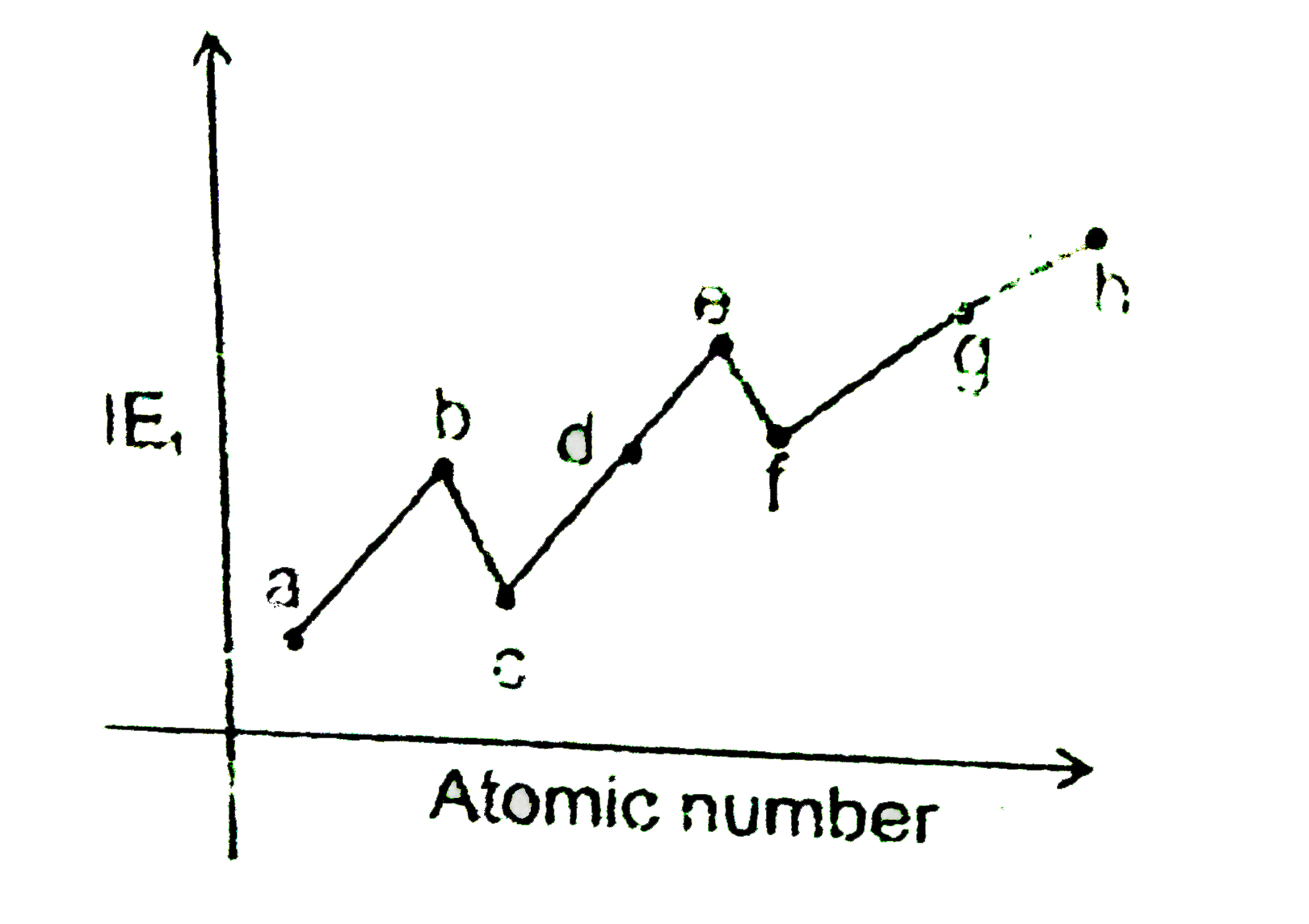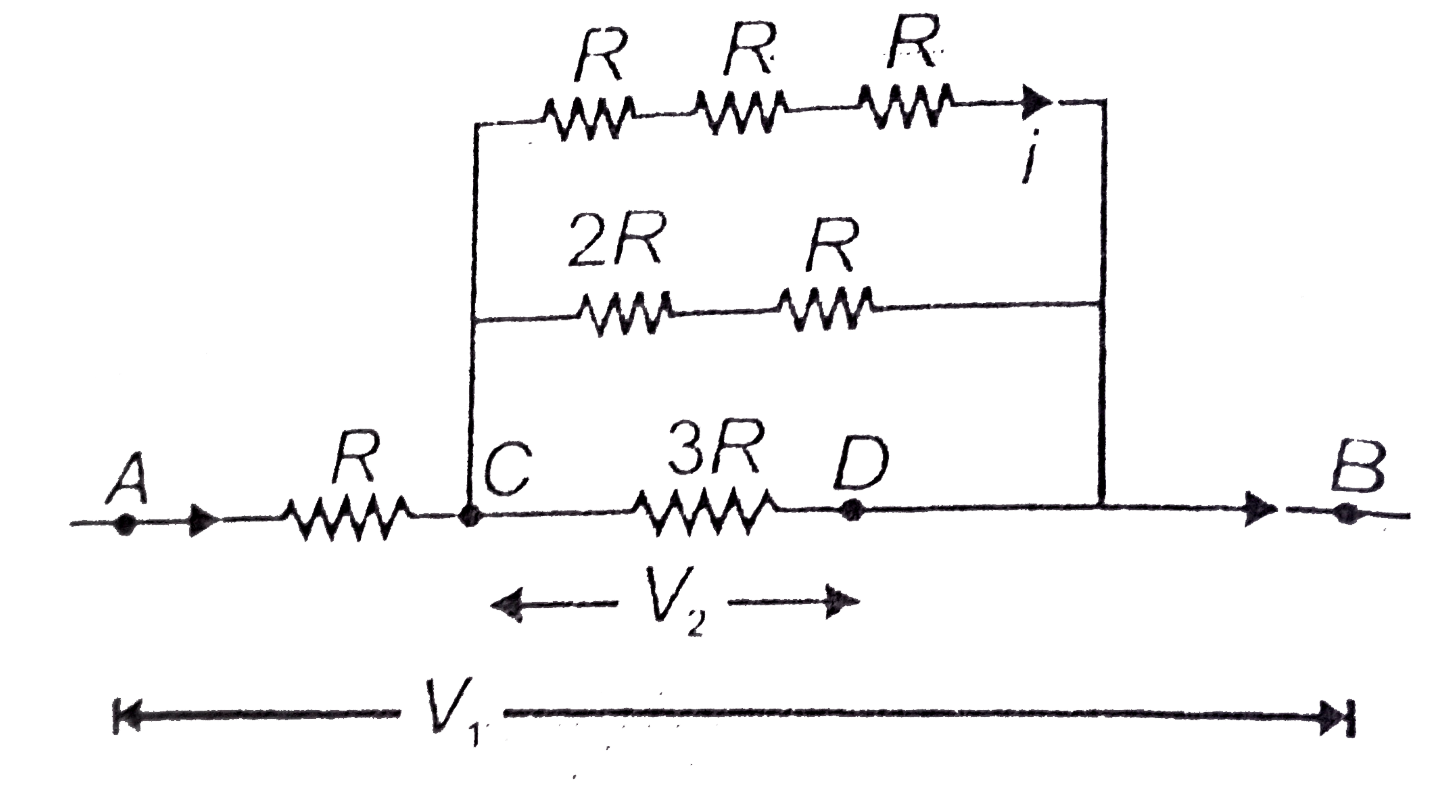In a compound AB, electro negativity difference between A and B is 1.9. Atomic radius A and B are 4Åand2Å . The distance between A and atoms means dA−B
6.72Å
5.82Å
6.9Å
7.5Å
The correct Answer is:B
To solve the problem, we will use the given information about the electronegativity difference and the atomic radii of elements A and B. The goal is to find the distance between the atoms A and B, denoted as dA−B.
1. Identify Given Values:
- Electronegativity difference (Δχ) = 1.9
- Atomic radius of A (rA) = 4 Å
- Atomic radius of B (rB) = 2 Å
2. Use the Steveson Equation:
The distance between atoms A and B can be calculated using the Steveson equation:
dA−B=rA+rB−0.03×Δχ
3. Substitute the Known Values:
Plug in the values into the equation:
dA−B=4Å+2Å−0.03×1.9
4. Calculate the Electronegativity Adjustment:
Calculate 0.03×1.9:
0.03×1.9=0.057
5. Complete the Calculation:
Now substitute this back into the equation:
dA−B=4+2−0.057=6−0.057=5.943Å
6. Final Result:
The distance between atoms A and B is approximately:
dA−B≈5.94Å
7. Select the Correct Option:
Based on the options provided, the closest option to 5.94 Å is approximately 5.82 Å, which is option B.
Summary:
The calculated distance dA−B is approximately 5.94 Å, and the correct answer from the options given is option B.
- Electronegativity difference (Δχ) = 1.9
- Atomic radius of A (rA) = 4 Å
- Atomic radius of B (rB) = 2 Å
The distance between atoms A and B can be calculated using the Steveson equation:
dA−B=rA+rB−0.03×Δχ
Plug in the values into the equation:
dA−B=4Å+2Å−0.03×1.9
Calculate 0.03×1.9:
0.03×1.9=0.057
Now substitute this back into the equation:
dA−B=4+2−0.057=6−0.057=5.943Å
The distance between atoms A and B is approximately:
dA−B≈5.94Å
Based on the options provided, the closest option to 5.94 Å is approximately 5.82 Å, which is option B.
The calculated distance dA−B is approximately 5.94 Å, and the correct answer from the options given is option B.
Similar Questions
If A.B=A×B, then angle between A and B is
View SolutionFind distance between the points A (a,b) and B( - b,a)
View SolutionThe differnce between nth and (n+1) the Bohr radius of B atom is equal to be its (n−1) th Bohr radius .The value of n is
View SolutionAmong the III A group elements, the difference in the atomic radius is large in between
View SolutionExpress the relation between atomic radius (r) and edge length (a) in b.c.c. unit cell.
View SolutionIf internuclear distance between A atoms in A2 is 10Å and between B atoms in B2 is 6Å, then calculate internuclear distance between A and B in Å [Electronegativity difference between A and B has negligible value].
View Solution
Where a,b,c,d,e,f,g,h ar 3rd period elements. If difference between atomic number of elements b and e is x and difference between atomic number of elements c and f is y. What is the value of x−y.
View SolutionIn the circuit shown, the potential differences, V1 ( between A and B ) and V2 ( between C and D ), are

View SolutionThe ratio of the radius difference between 4th and 3rd orbit of H-atom and that of Li2+ ion is :
View SolutionMetallic gold crystallises in face centred cubic lattice with edge-length 4.07Å. Closest distance between gold atoms is:
View Solution
